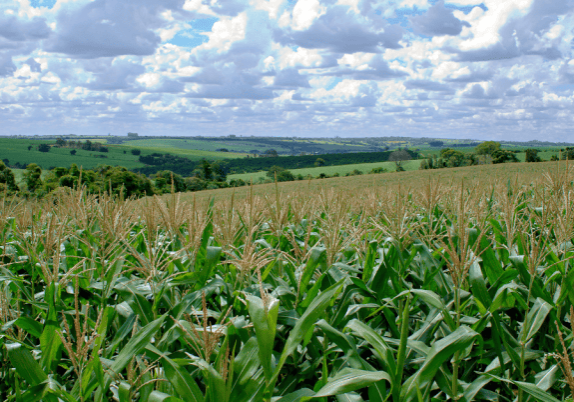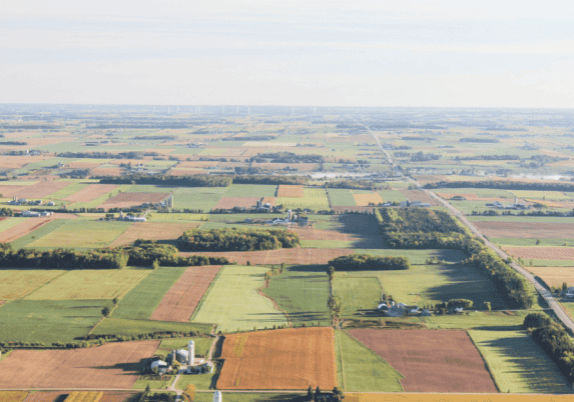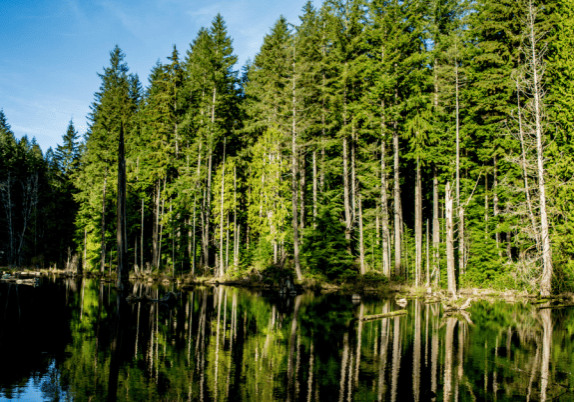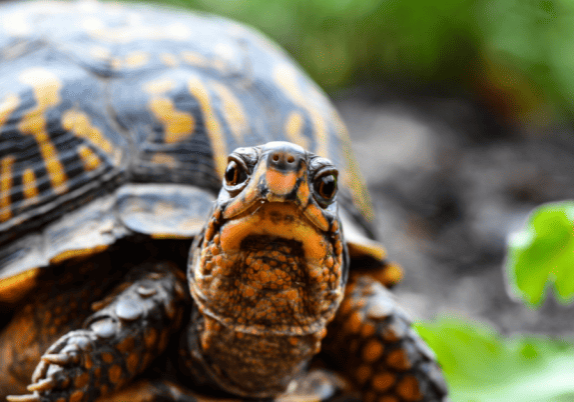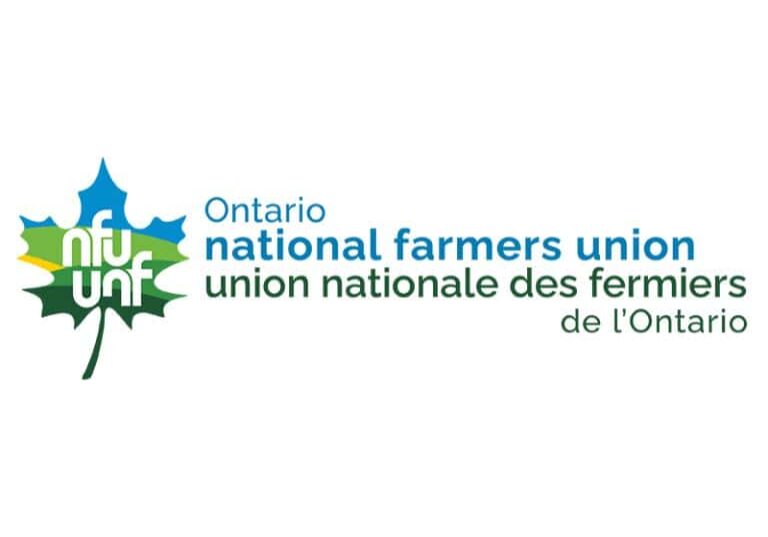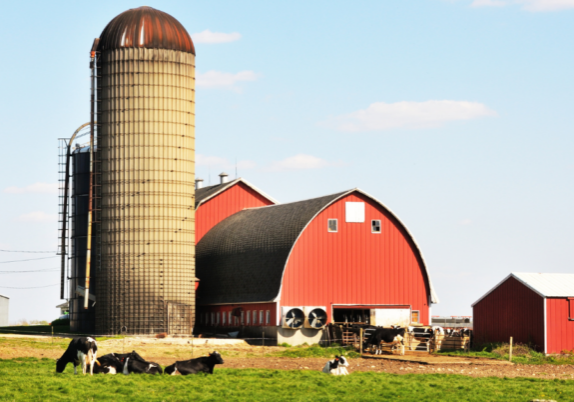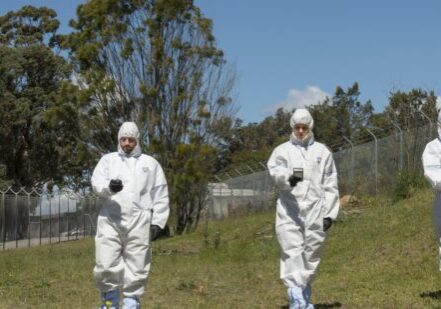Joint Submission to Proposed Amendments to the Greenbelt Plan and Greenbelt Area boundary regulation (ERO 019-6216 & ERO 019-6217)

Dear Minister Clark,
Re: ERO 019-6216 Proposed Amendments to the Greenbelt Plan; ERO 019- 6217 Proposed amendments to the Greenbelt Area boundary regulation
We, the 78 undersigned organizations, are strongly opposed to the Ontario Government’s proposal to remove 7,400 acres of land from the Greenbelt. Opening these lands to development would destroy vital wildlife corridors, negatively impact woodlands, wetlands and watercourses, and result in the loss of over 5,000 acres of farmland. The government’s rationale — that these lands are needed for housing — is unfounded and untrue. We urge you not to proceed with this proposal for the reasons outlined below.
(1) Abundance of land already available for housing
The amount of greenfield land already designated for development and added to municipal settlement boundaries, but still sitting unbuilt far exceeds what is needed to meet long range housing targets. That includes 86,500 acres within the Greater Toronto and Hamilton Area alone. According to Ontario’s Housing Affordability Task Force, “a shortage of land isn’t the cause of the problem.”
Land is available, both inside the existing built-up areas and on undeveloped land outside greenbelts … Most of the solution must come from densification. Greenbelts and other environmentally sensitive areas must be protected, and farms provide food and food security. Relying too heavily on undeveloped land would whittle away too much of the already small share of land devoted to agriculture. (Housing Affordability Task Force, 2022 10)
The government should not be misleading the public with false claims that Greenbelt lands are needed to solve the housing crisis.
(2) Harmful precedent and loss of permanent protection
The proposed removal of Greenbelt lands sets an alarming precedent, opening Greenbelt protected lands to development at the request of those who stand to reap immense profits. Stripping these 7,400 acres of protection would unleash a firestorm of land speculation and development pressures across the entire Greenbelt.
The proposed removal is contrary to the vision of the Greenbelt Plan which emphasizes
permanent protection:
The Greenbelt is a broad band of permanently protected land which:
– Protects against the loss and fragmentation of the agricultural land base and supports agriculture as the predominant land use;
– Gives permanent protection to the natural heritage and water resource systems that sustain ecological and human health and that form the environmental framework around which major urbanization in southcentral Ontario will be organized;
– Provides for a diverse range of economic and social activities associated with rural communities, agriculture, tourism, recreation and resource uses; and
– Builds resilience to and mitigates climate change. (Greenbelt Plan, 2017, 1.2.1)
The importance of permanently protecting lands and waters within the Greenbelt cannot be overstated. It is key to building the resilience of local food systems, protecting at-risk habitats and species, and sustaining the physical, social and economic health of the nine million Ontarians living in the Greater Golden Horseshoe. Healthy ecosystems are the foundation of human prosperity and will become increasingly important for building climate resilience and providing refuge for rare and endangered plants and animals.
(3) Negative impacts on the Natural Heritage System
The proposed land removals will negatively impact the Natural Heritage System. Most of the lands proposed to be removed from the Greenbelt (10 of the 14 areas shown on the acs) overlap with the Natural Heritage System. As explained in the Greenbelt Plan, 2017 (3.2.1), the Natural Heritage System “provides a continuous and permanent land base necessary to support human and ecological health in the Greenbelt and beyond.” It is vital to the ecological integrity of the Greenbelt and includes “the highest concentration of the most sensitive and/or significant natural features and functions.” These areas are to be “managed as a connected and integrated natural heritage system, given the functional inter-relationships between them.” Clearly, the proposal to remove lands from the Greenbelt’s Natural Heritage System contravenes the intent of the Greenbelt Plan to protect natural heritage.
Most of the land to be removed is in one area located on highly sensitive and ecologically important lands in the City of Pickering. This triangle of land at its widest point extends east-west for five kilometres between the Rouge River and Duffin Creek watersheds, and stretches south to north for 7.8 kilometres from just north of Finch Avenue to Highway 407. It supports thousands of acres of largely prime farmland, numerous valleys, woodlands, wetlands and the entire critical headwater reaches of Petticoat Creek. These lands have major provincially designated wildlife corridors designed to provide east-west connections between the Rouge, Petticoat and Duffin Creek watersheds and north-south connections along the river valleys that connect Lake Ontario to the major east-west corridor of the Oak Ridges Moraine. The southern portion of this area also supports a highly sensitive band of wetlands and woodlands that is a recharge and discharge area on the former sandy beach of Glacial Lake Iroquois, a large version of today’s Lake Ontario.
Other important areas that would be adversely affected include:
– A provincially designated wildlife corridor in King Township that provides a vital connection between the Holland Marsh and the Oak Ridges Moraine;
– A valley of the East Humber River in Vaughan that supports the endangered redside dace;
– A large wetland in Richmond Hill that is part of the provincially significant Rouge River Headwater Wetland Complex;
– Critical wildlife corridors in Markham that connect the Oak Ridges Moraine to Rouge National Urban Park;
– A large wildlife corridor in Markham at the sensitive headwaters for Robinson Creek, a tributary of the Rouge River, that supports a large cluster of provincially significant wetlands;
– A band of protected farmland between Ajax and Whitby that connects the coastal wetlands and woodlands of Lynde Shores and a large block of woodlands and wetlands to the north along the former beach of Glacial Lake Iroquois;
– A large provincially significant wetland in Clarington that is part of a sensitive groundwater recharge area;
– Large woodlots, wetlands and prime farmland in Hamilton along a sensitive headwater tributary of Big Creek; and
– Farmland in Hamilton and Grimsby designated as Niagara Peninsula Tender Fruit and Grape Area.
(4) Land removals put the entire Greenbelt at risk
We do not support the government’s efforts to sugar-coat the bitter pill of removing land from the Greenbelt by offering to add 9,400 acres to the Greenbelt. First and most importantly, this land swap would set an unacceptable precedent that would completely undermine the long-term protection of Greenbelt lands. In essence, it would be an open invitation to developers and land speculators to seek special permission from decision- makers to pave over parts of the Greenbelt.
Second, the proposed land swap will not compensate for the damage done. It would violate the fundamental and widely accepted premise that ecological offsetting should only occur as a last resort, when there are no other options to avoid or mitigate the damage. Clearly that is not the case with the proposed land removals. The damage is entirely avoidable, given the many, many thousands of acres of land already zoned and ready for development within settlement boundaries in the Greater Golden Horseshoe. Further, some areas being proposed as replacement lands are already off limits for development (such as publicly owned lands designated in municipal official plans as parks, open space, recreation, conservation and/or environmental protection). Their addition would not in any way mitigate the net loss of protected lands.
Third, we take exception to the fact that the government is putting forward lands that were already part of previous Greenbelt expansion proposals — the Paris-Gait Moraine in 2021 and the Urban River Valleys in 2022. The government proposed these additions to the Greenbelt with great fanfare at the time, and yet has done nothing since to honour or respond to the thousands of Ontarians who supported and anticipated these expansions. To now tie this proposed expansion to soften the blow of removing lands from the Greenbelt is unacceptable.
(5) Broken promises
The government has repeatedly stated that there would be no removal of lands from the Greenbelt. Premier Ford is quoted as saying in 2018, for example, “The people have spoken. I’m going to listen to them, they don’t want me to touch the Greenbelt, we won’t touch the Greenbelt.” He reiterated that promise in 2020, saying that his government would not “touch” or “build on” the Greenbelt, when facing criticism about the resignation of the chair and six members of Ontario’s Greenbelt Council. You, Minister Clark, made a similar commitment in February 2021 when you said, “I want to be clear: We will not in any way entertain any proposals that will move lands in the Greenbelt, or open the Greenbelt lands to any kind of development.”
Ontarians expect the government to honour its commitments.
Meaningful consultation with affected Indigenous Peoples
The government must meaningfully consult with affected Indigenous communities about the proposed amendments to the Greenbelt Plan. The duty to consult is a constitutional obligation that arises from s.35 of the Constitution Act, 1982, which recognizes and affirms Indigenous and Treaty rights. Indigenous traditional practices, responsibilities and knowledge systems must be honoured by ensuring Indigenous voices are key to any discussions about removing lands from the Greenbelt.
Closing remarks
The Greenbelt was created almost 20 years ago to help ensure natural and prime agricultural lands are permanently protected from sprawl development. Today, an intact and resilient Greenbelt is needed more than ever. Not only are we are facing the interconnected and accelerating crises of climate change and biodiversity loss, we are also losing 319 acres of farmland daily. Given growth forecasts and the pace of development approvals in the Greater Golden Horseshoe, steps must be taken to protect the lands and waters that sustain us. The protection of natural and hydrological systems and farmland must be prioritized. They are finite, irreplaceable and invaluable in terms of community and ecosystem health and resilience. For the sake of current and future generations, we urge you not to proceed with plans to open up and remove 7,400 acres of protected lands from the Greenbelt.
The National Farmers Union – Ontario is a proud signatory on this letter.
To view the other signatories click here.
